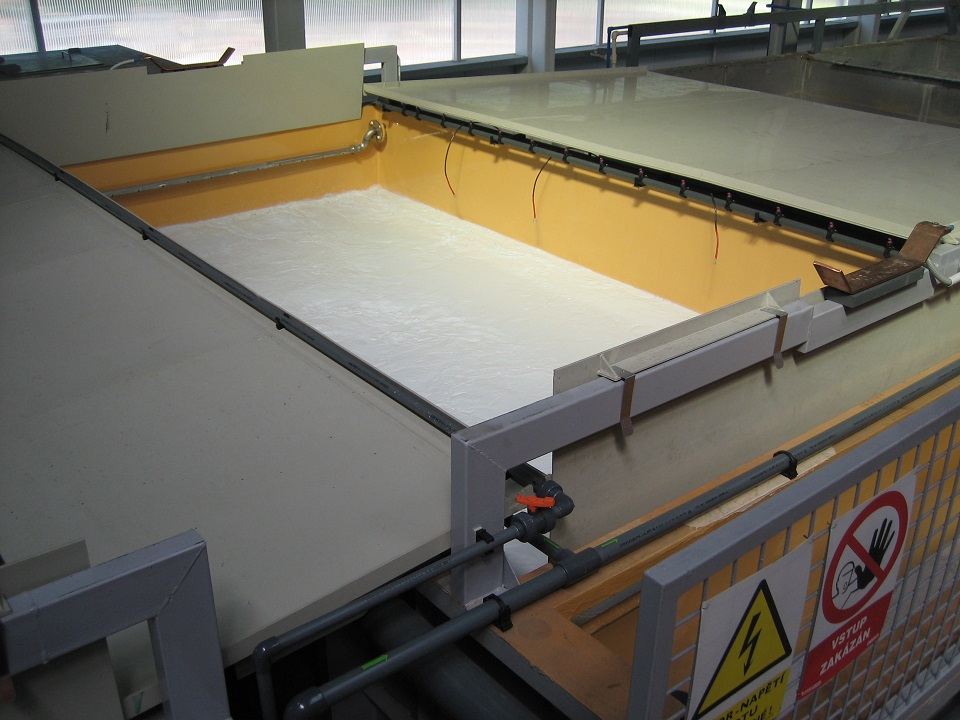Cataphoresis
Cataphoresis, also known as charge-reversed electrophoresis, is an electrochemical process for coating metal surfaces. This process is used to apply an organic coating to metal objects, giving them significant protection against corrosion and improving their aesthetic appearance.
The cataphoresis procedure includes the following steps:
Surface preparation: Metal objects are thoroughly cleaned and prepared for coating application. This includes removing dirt, grease, oil and corrosion.
Immersion in a solution: Metal objects are immersed in a solution containing organic substances (most often lacquers) and conductive particles.
Application of electric current: Metal objects become cathodes and positive ions from the solution begin to be attracted to the current. These ions are deposited on the surface of the metal and form an even and regular coating.
Copolymerization: Cataphoresis coating enables the creation of homogeneous and high quality coatings. Organic substances in solution polymerize and form a solid coating on the surface of the metal.
Cataphoresis is advantageous because of the uniform and consistent coating that prevents the formation of spots and irregularities on the surface. This process is widely used in the automotive industry, in the manufacture of appliances, electronics and other industrial applications where corrosion protection is important.

